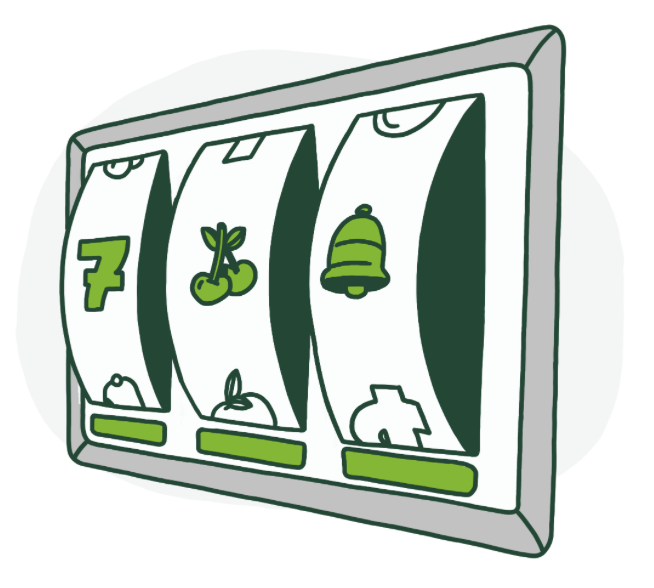Spin a winning combination of symbols as defined in the pay table.
Denomination of machine X Number of credits X Number of lines = Average cost of spin
EXAMPLE: $0.25 X 5 credits X 3 lines = $3.75
Volatility: How risky a slot machine is to play. A low volatility machine offers a lower risk with a potential lower reward while a high volatility machine offers a higher risk with a higher potential reward.
Randomness: Every slot machine contains a random number generator, which ensure that every spin is completely random and independent of previous spins.
Payback Percentage: The amount a slot machine is programmed to pay back to players over the entire lifetime of a machine. These percentages typically fall between 80-95%.
Near Miss: When winning symbols appear extremely close to a winning pay line but are not part of the winning pay line.
False Win: When the amount won on a spin is less than the amount wagered.

Modern slot machines offer an extremely fast rate of play, allowing you to play many spins quickly.
Every spin is random. What happened in previous spins is no more or less likely to happen again, so a slot machine never becomes “due” for a win.
Randomness of every machine is monitored by regulators to ensure fairness.
Your odds of winning can be found in the pay table on the machine being played.
Payback percentages are calculated over the lifetime of the machine, which means that a high payback percentage does not mean a higher chance of winning.
Disclaimer: This game guide is meant as an introduction. The official regulations for Massachusetts electronic gaming devices can be found at massgaming.com/regulations/mgcregulations/.